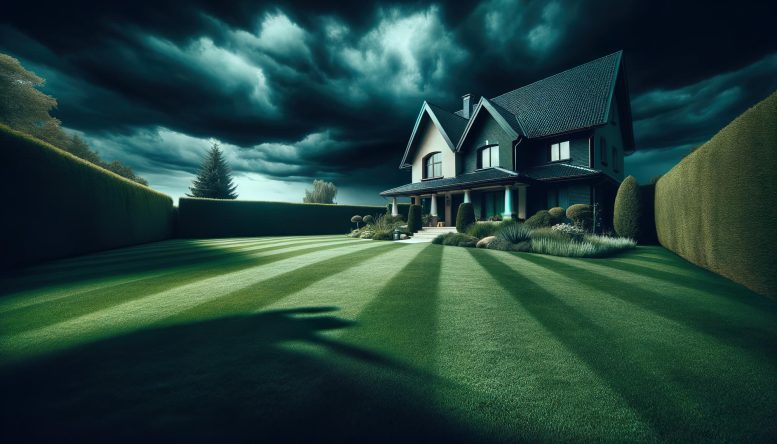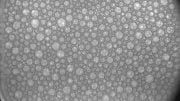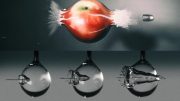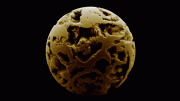
A recent study on the environmental impact of lawn fertilizer use in Baltimore found that while many homeowners lack awareness of their contribution to watershed pollution, there is strong support for limiting fertilizer use and converting lawns to reduce nitrogen export. Small changes in residential landscaping could significantly benefit the Chesapeake Bay.
The American residential lawn serves as a quintessential element in the landscape, with approximately half of U.S. homeowners using fertilizer to maintain green, lush yards. However, this practice has its drawbacks. A certain amount of nitrogen from fertilizers inevitably leaches into the broader environment, resulting in negative consequences such as algal blooms and deoxygenated waters.
Study on Nitrogen Export from Lawns
Peter Groffman and colleagues studied residential landscapes in the Baltimore, Maryland metropolitan area, which drains to the Chesapeake Bay, seeking to identify locations (hotspots) or times (hot moments) with disproportionately high rates of nitrogen export. The authors went to lawns in exurban, suburban, and college campus settings to measure nitrogen export during simulated rainfall events created by adding known amounts of water to actual lawns in the field.
Surveys and Findings on Nitrogen Awareness
The authors also used household survey data collected by the Baltimore Ecosystem Study Long Term Ecological Research in 2003, 2011, and 2018—as well as their own push-to-web survey of 3,836 Baltimore area households. Nitrogen export dynamics of lawns show tremendous variation, although all export hotspots were found on fertilized rather than unfertilized lawns.
Some 48% of 2018 survey respondents incorrectly believed that they did not live in a watershed, and more than 60% of web survey respondents did not know if nitrogen negatively affected area waterways. (It does.) Support for policies limiting fertilizer use was broadly high among surveyed households, with some types of restrictions even garnering support among those who fertilize their own lawns.
Public Interest in Lawn Conversion
About half of households are interested in converting lawns to features that reduce nitrogen export, such as rain gardens, if such conversions are subsidized and made as easy as possible. According to the authors, changing just 5-10% of suburban lawns to alternative landscaping could have a major effect on watershed-wide nitrogen export.
Reference: “Hydro-bio-geo-socio-chemical interactions and the sustainability of residential landscapes” by Peter M Groffman, Amanda K Suchy, Dexter H Locke, Robert J Johnston, David A Newburn, Arthur J Gold, Lawrence E Band, Jonathan Duncan, J Morgan Grove, Jenny Kao-Kniffin, Hallee Meltzer, Tom Ndebele, Jarlath O’Neil-Dunne, Colin Polsky, Grant L Thompson, Haoluan Wang and Ewa Zawojska, 17 October 2023, PNAS Nexus.
DOI: 10.1093/pnasnexus/pgad316









Be the first to comment on "Green at What Cost? The Dark Side of the American Lawn"